Still Life with Game
Oil on canvas, cm 83 x 101
With frame, cm 94x113
The typology of still life with game animals as subjects derives its origins from another type of painting, that of hunting scenes. Hunting was an exercise practiced exclusively by the aristocratic classes who considered the art of hunting a real "otium" as well as an opportunity to entertain mundane meetings and educational exercise for young people of the noblest classes. With the painters Antonio Tempesta (1555-1630) and Giovanni Stradano (1523-1605) from the end of the sixteenth century has a strong following the painting of hunting scenes (in ninth place in the ranking of pictorial genres drawn up by Giustiniani) from which comes from the forties of the seventeenth century painting of still life of animals and game.
The success of this type of work, where the objective representation of animals does not derive from a scientific or taxonomic intent but of pure artistic creation, is due to the constant confrontation that takes place in Rome between Italian and Flemish artists, including Johannes Hermans also known as Monsù Aurora, born in Antwerp in 1630 but whose activity in Rome is known only.
He was an artist highly esteemed by important collectors such as the Colonna, the Corsini, the Imperiali and especially the Pamphilj. In particular, a document attests that in 1657 Camillo Pamphili commissioned thirty-eight paintings depicting still lifes of animals, game and hunting scenes in Monsù Aurora, some of which can still be admired today at the Doria Pamphilj Gallery such as: The Partridges, the Bullfinches, Wild Ducks; Dogs Attacked Ducks, Luxurious setting with theft of sweets, Game and Birds in the undergrowth.
The naturea morta with game analyzed here exposes dead birds (are identified on one hand mainly quails and ducks, on the other hens and swifts) laid directly on the table and inside wicker baskets, depicted with extreme objectivity and coldness. Note in this sense the arrangement of lifeless bodies poured and the neck abandoned on the edge of the table and the exaltation through the pictorial texture of their plumage. The two canvases reveal how other works of this kind and the same artist, suffer the influences derived from Jan Fyt, Pieter Boel and Monsù Nicasio.
The object is in good condition




























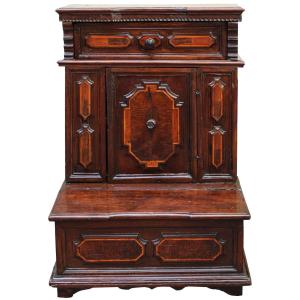






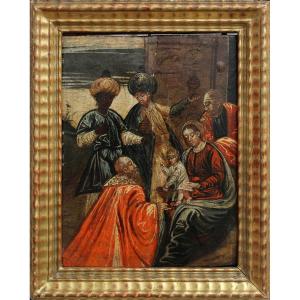


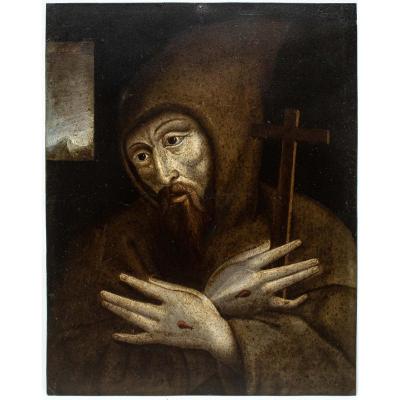
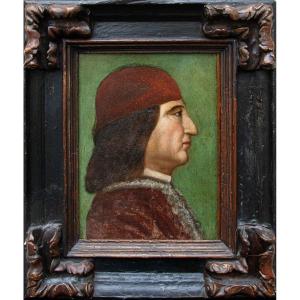


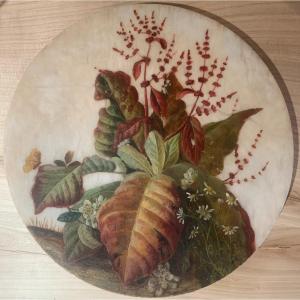
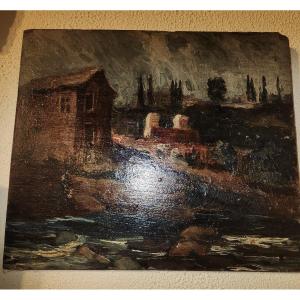

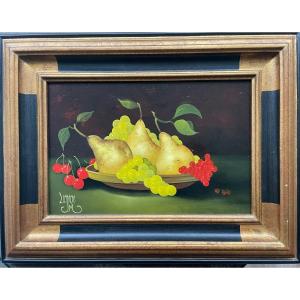
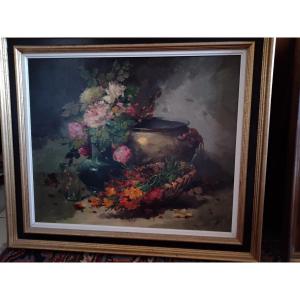



 Le Magazine de PROANTIC
Le Magazine de PROANTIC TRÉSORS Magazine
TRÉSORS Magazine Rivista Artiquariato
Rivista Artiquariato